The History Museum of Ho Chi Minh City is a gateway into Vietnam’s rich and diverse historical past. In this guide, we’ll explore everything you need to know about the museum, including its history, exhibitions, and the best way to make the most of your visit.
Introduction to the History Museum of Ho Chi Minh City
The History Museum of Ho Chi Minh City was originally established in 1929 as the Blanchard de la Brosse Museum. Over the decades, it evolved to become a major cultural and historical institution in Vietnam. Today, the museum stands as a testament to the country’s long-standing heritage, housing thousands of artifacts and relics that depict Vietnam’s colorful history.
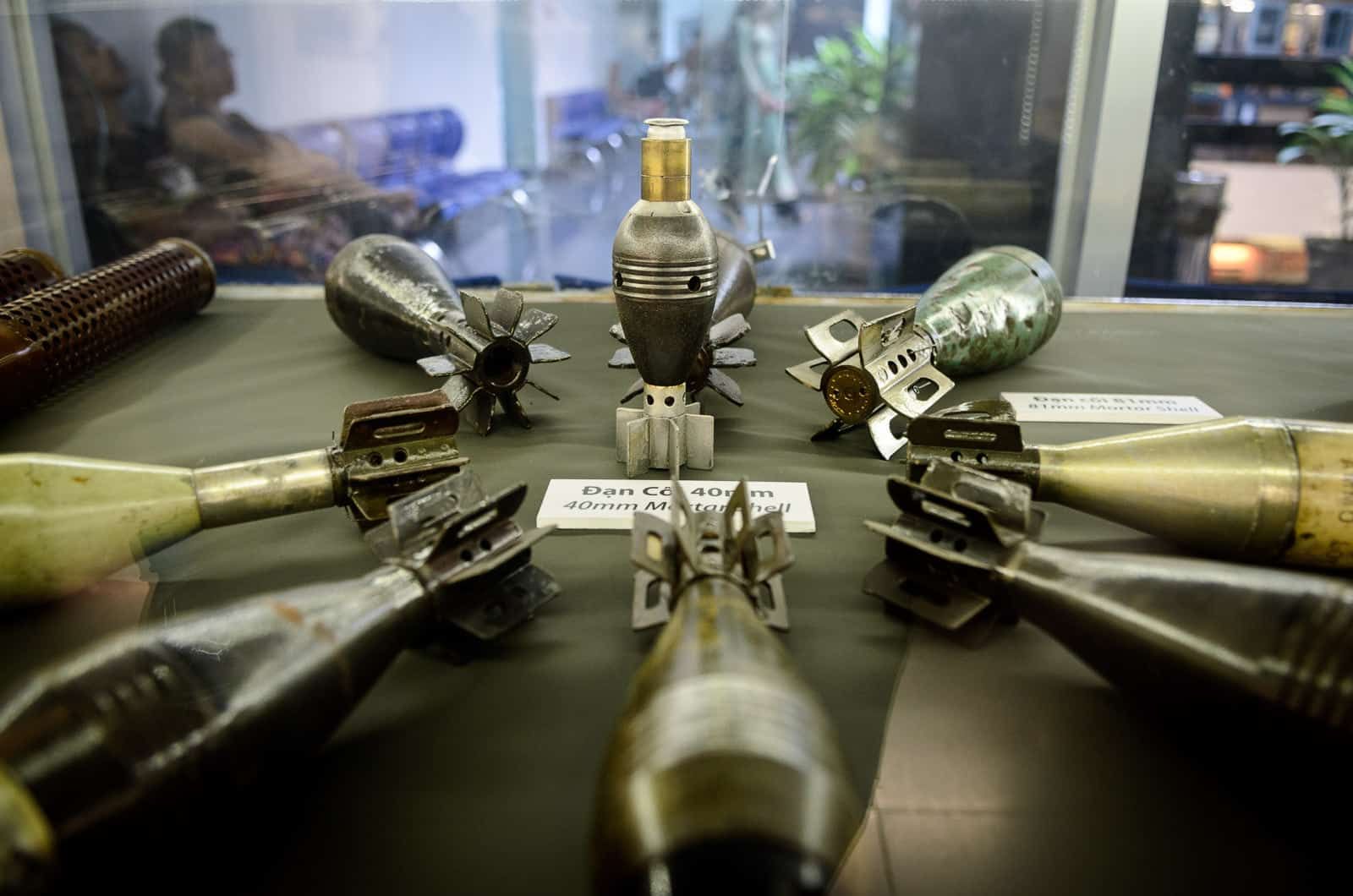 History Museum of Ho Chi Minh City Exterior
History Museum of Ho Chi Minh City Exterior
Located near the Saigon Zoo and Botanical Gardens, the museum is a prime spot for tourists and locals alike. It is not only a place to learn about the past but also to admire stunning architecture that blends French colonial designs with traditional Vietnamese styles. As you wander through its halls, you’ll embark on a journey from prehistoric times to the country’s contemporary period, providing insight into how Vietnam has shaped itself into the nation it is today.
History of the History Museum of Ho Chi Minh City
The History Museum of Ho Chi Minh City has a storied past that mirrors the evolution of Vietnam itself. Originally built as the Blanchard de la Brosse Museum under French colonial rule, it was one of the earliest museums in Southeast Asia. The French influence on its architecture and layout is still evident today, giving the museum a unique aesthetic charm. After Vietnam gained independence in 1945, the museum’s focus shifted to highlighting Vietnam’s cultural and historical achievements, distancing itself from its colonial roots.
In 1956, the museum was renamed the National Museum of Vietnam, and later, in 1979, it officially became the History Museum of Ho Chi Minh City. Throughout these transitions, the museum’s mission remained the same: to preserve and promote the rich history and culture of Vietnam. Today, the museum houses over 40,000 artifacts, with collections that span several millennia, offering a deep dive into the ancient and modern history of the country.
Exhibitions at the History Museum of Ho Chi Minh City
The History Museum of Ho Chi Minh City features a wide variety of exhibitions that cover nearly every aspect of Vietnam’s historical timeline. Its collection is divided into thematic galleries, each focusing on a specific era or cultural aspect of Vietnamese history.
Prehistoric Vietnam
One of the first exhibitions you’ll encounter is the Prehistoric Vietnam gallery. This section highlights the earliest known civilizations in the region, showcasing stone tools, pottery, and skeletal remains that date back tens of thousands of years. The artifacts provide a glimpse into the lives of Vietnam’s ancient inhabitants, long before the establishment of organized societies.
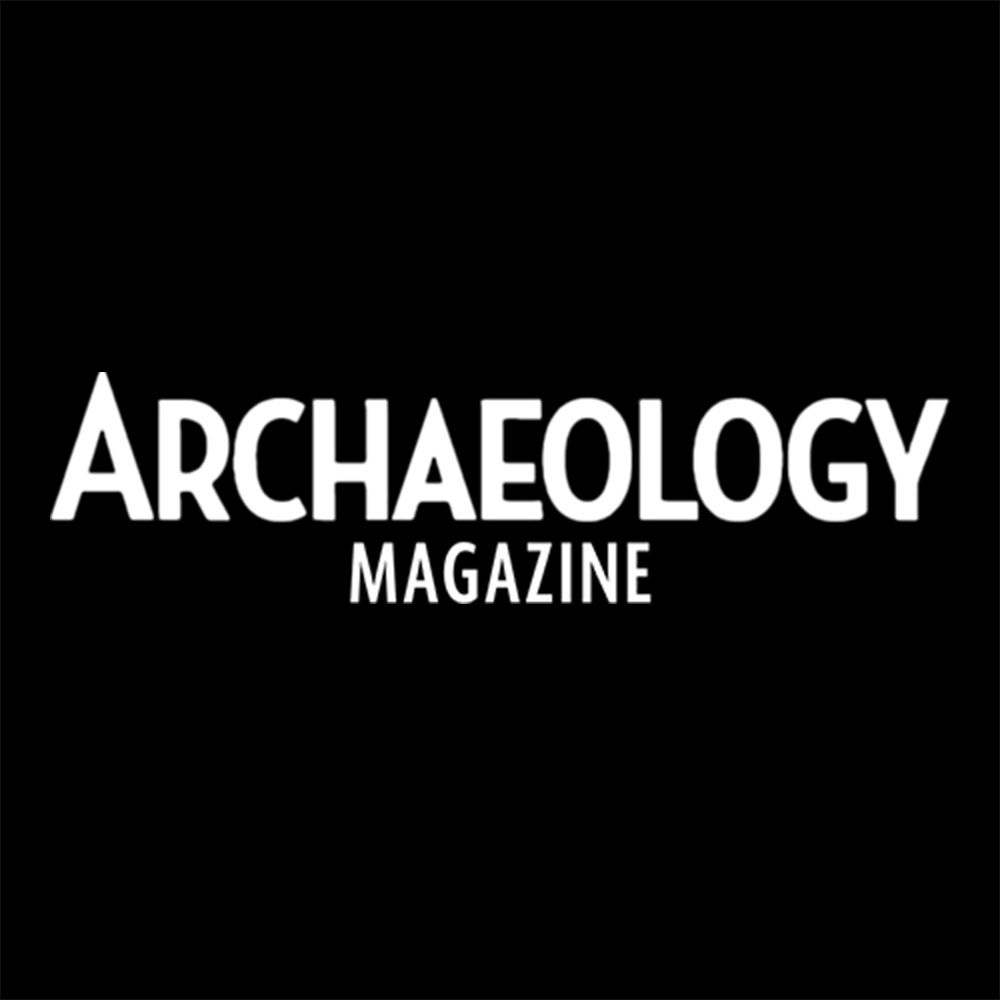 Prehistoric Artifacts Vietnam
Prehistoric Artifacts Vietnam
Dynastic Vietnam
Another prominent exhibition at the History Museum of Ho Chi Minh City is dedicated to Vietnam’s dynastic period, covering the history of several dynasties such as the Ly, Tran, Le, and Nguyen. This section of the museum features a wealth of relics including ancient weaponry, royal costumes, and intricate sculptures that depict the grandeur of Vietnam’s royal history. Notable artifacts include the bronze drums of the Dong Son culture, which date back over 2,000 years and are considered symbols of Vietnamese heritage.
The Champa Civilization
The Champa civilization is another key highlight of the museum. The Champa people were a significant maritime civilization that ruled over central and southern Vietnam for centuries. The museum’s Champa exhibit features beautifully carved stone sculptures, religious relics, and architectural models that illustrate the cultural achievements of this once-flourishing kingdom. Visitors can also learn about the influence of Hinduism and Indian culture on the Champa, as reflected in their art and religious practices.
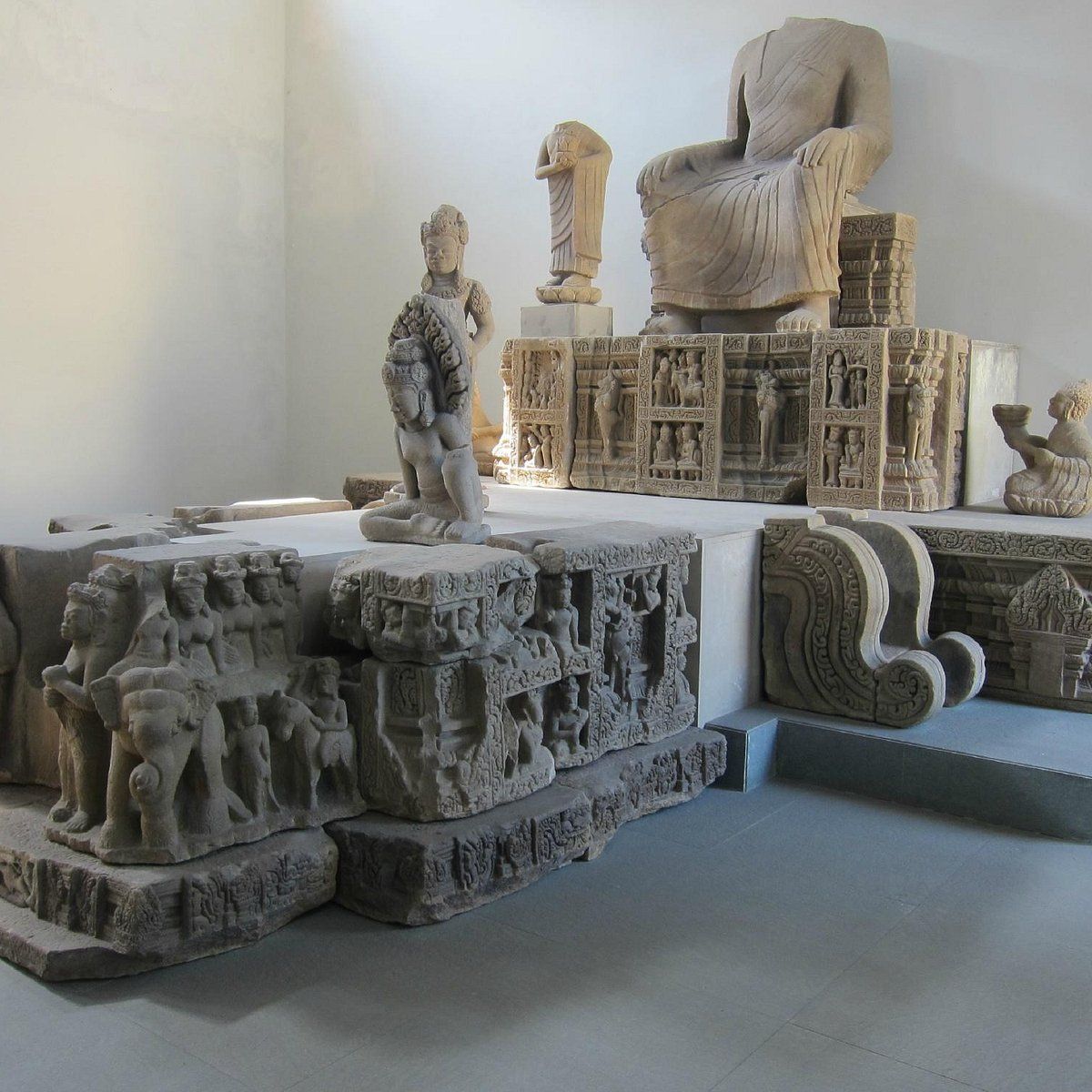 Champa Sculpture
Champa Sculpture
Vietnam’s Quest for Independence
The History Museum of Ho Chi Minh City also dedicates several exhibits to the modern era, particularly focusing on Vietnam’s turbulent struggle for independence from French colonial rule and later, the American War (also known as the Vietnam War). This section contains personal items from soldiers, photographs, and documents that recount the hardships and heroism of the Vietnamese people during these conflicts. The stories of key figures like Ho Chi Minh are prominently featured, providing a narrative of the nation’s journey to independence.
A unique feature of the History Museum of Ho Chi Minh City is its ethnographic section, which showcases the diverse cultures and traditions of Vietnam’s many ethnic groups. With over 50 recognized ethnicities, Vietnam is a melting pot of different traditions, languages, and customs. The museum’s ethnographic exhibits feature traditional costumes, musical instruments, and tools used by various ethnic groups, offering visitors a glimpse into the lives of people from all corners of Vietnam.
Architectural Significance of the History Museum of Ho Chi Minh City
The History Museum of Ho Chi Minh City is not just renowned for its exhibitions but also for its architectural beauty. The building itself is a fusion of French colonial architecture and traditional Vietnamese motifs, making it one of the most photographed historical sites in the city. The museum’s exterior features classical columns, intricate carvings, and spacious courtyards that offer a serene environment for visitors.
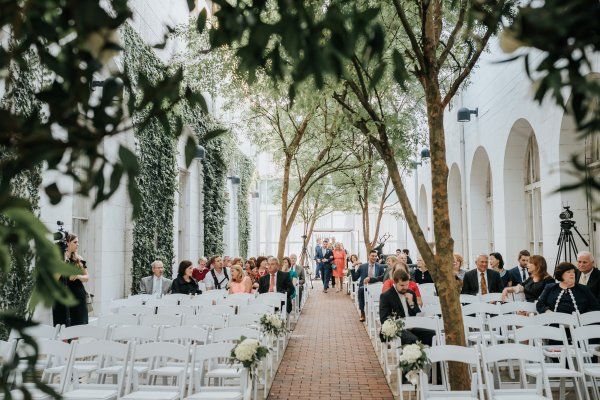 History Museum Courtyard
History Museum Courtyard
Inside, the museum’s layout is designed to provide a logical flow from one era of Vietnamese history to the next. Large windows allow natural light to flood the galleries, creating a warm and welcoming atmosphere. The architecture also reflects Vietnam’s blending of old and new, much like the city of Ho Chi Minh itself, which combines colonial-era structures with modern skyscrapers.
Tips for Visiting the History Museum of Ho Chi Minh City
To fully enjoy your visit to the History Museum of Ho Chi Minh City, here are some tips to keep in mind:
– Best Time to Visit: museum is open year-round, but it’s best to visit during the morning hours to avoid crowds. Weekdays tend to be quieter, giving you more space and time to explore each exhibit at your own pace. Additionally, the weather in Ho Chi Minh City can be hot and humid, so visiting in the morning provides a more comfortable experience.
– Guided Tours: While the museum’s exhibits are well-documented, you might consider booking a guided tour to gain deeper insights into Vietnam’s history. The museum offers English-speaking guides who can provide detailed explanations of each exhibit, offering context and stories that are not always available in the display descriptions.
– Photography Guidelines: Photography is allowed in most areas of the History Museum of Ho Chi Minh City, but flash photography is generally prohibited to protect the delicate artifacts. If you’re interested in capturing the museum’s architectural beauty, be sure to take advantage of the natural light that streams through the large windows in the main halls.
– Accessibility and Amenities: The museum is located near the city center, making it easily accessible by taxi or motorbike. Once inside, the building is relatively easy to navigate, but there are some stairs leading to certain exhibits. If you have mobility concerns, be sure to inquire at the front desk for assistance. The museum also has a small gift shop where you can purchase books, souvenirs, and replicas of the artifacts on display.
Whether you are a history buff, a curious traveler, or someone looking to connect with Vietnam’s cultural identity, the History Museum of Ho Chi Minh City is a place where the past truly comes to life.
Some tourist destinations in Ho Chi Minh City:



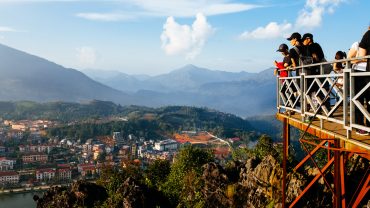

Comment (0)